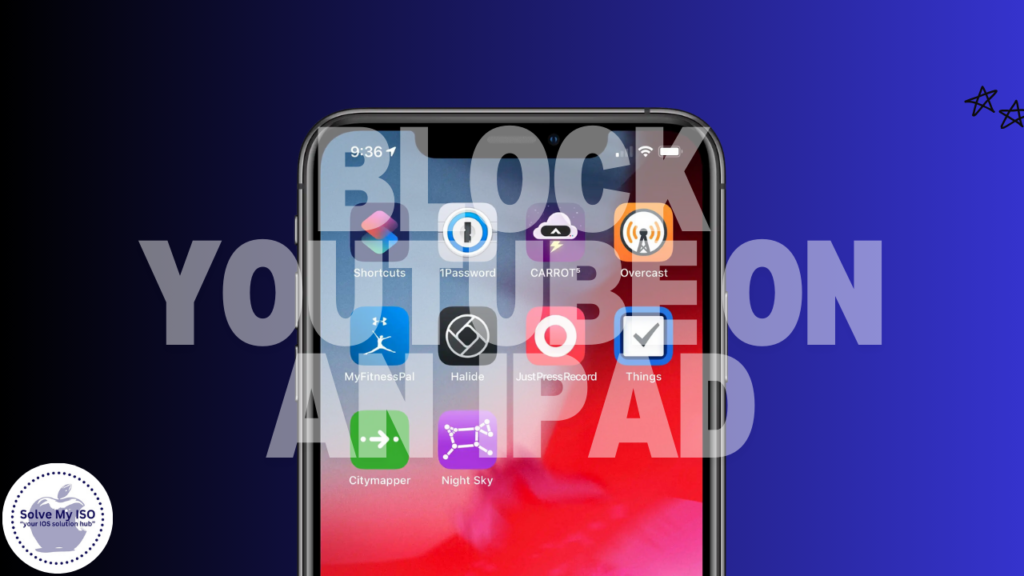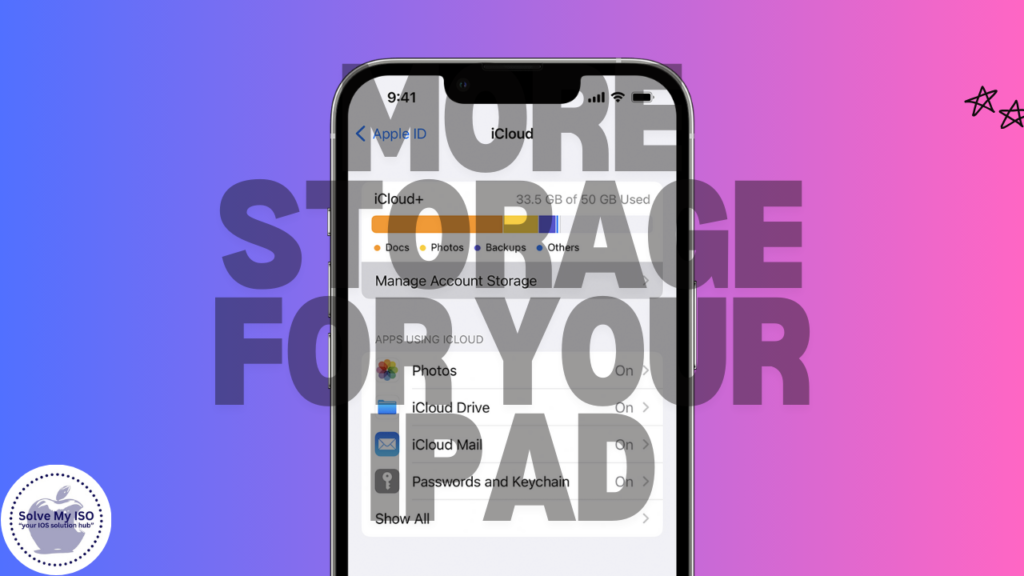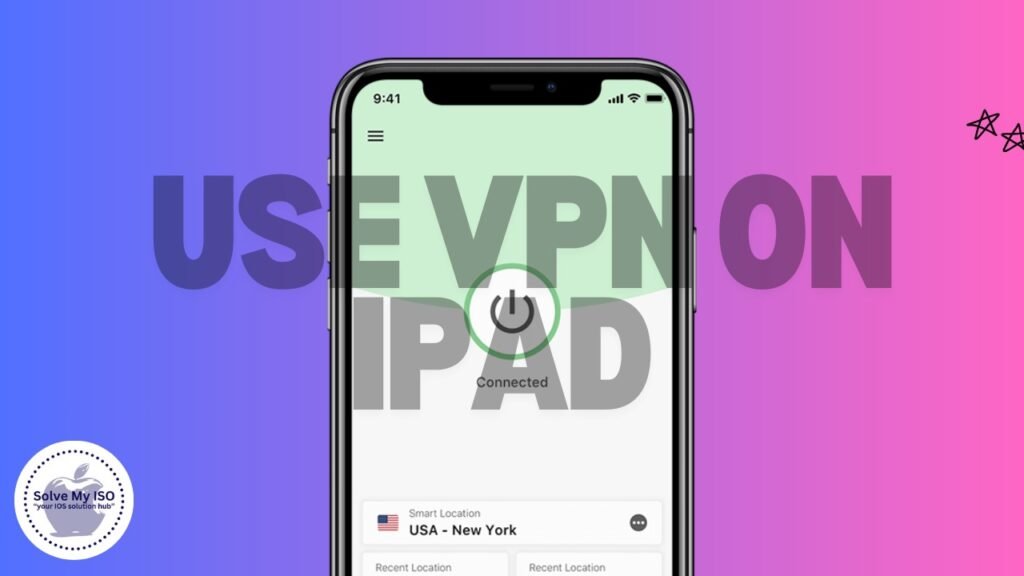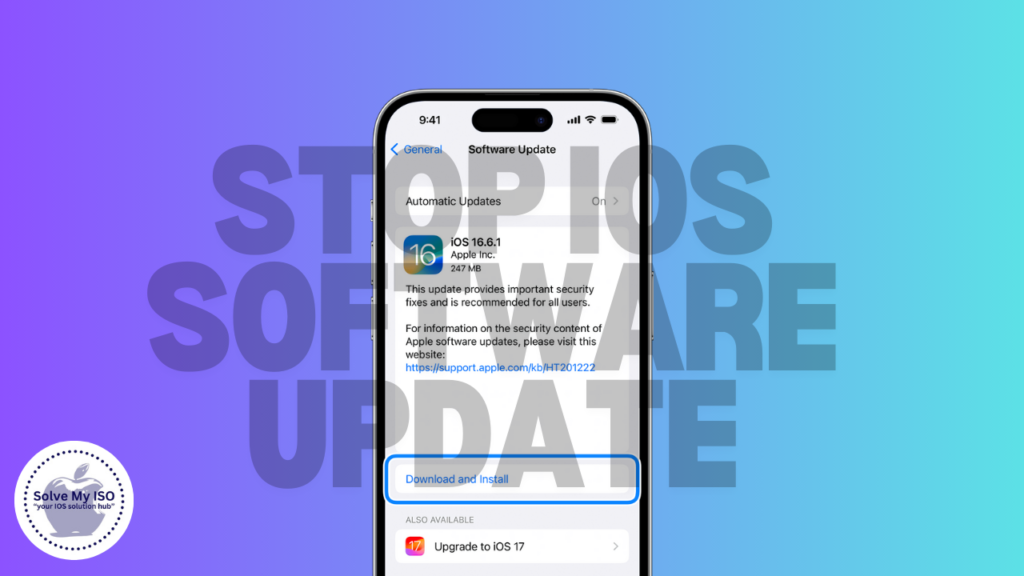
Planning to block YouTube on iPad? Don’t worry, you are not the only one! As YouTube offers a lot of material, a lot of content-seeking parents and adults wish to impose such access, especially to children. Be it reducing screen exposure, blocking adult content, or concentrating on tasks at hand, learning of limiting YouTube on iPad can come in handy.
Apple’s restraining facilities are so handy that blocking YouTube is not a problem. In this article, we break down, step by step, on how you can block Youtube on an Ipad so that parents appeased as well. In this way, YouTube use on your device can be controlled by usage of app restrictions and web content blocking.
Read these guidelines to know how to block YouTube on an iPad in order to keep your family protected.
Why Block YouTube?
Before diving into the process, it’s important to understand why blocking YouTube might be necessary:
- Content Control: YouTube has a wide range of content, some of which may not be suitable for younger audiences. Blocking YouTube ensures that inappropriate videos or channels are not accessible.
- Limiting Distractions: YouTube can be a significant distraction, especially for children or teenagers. Blocking it can help promote better focus on educational tasks or other productive activities.
- Managing Screen Time: Excessive screen time can negatively impact mental and physical health. Block YouTube on an iPad can help limit screen usage and promote healthier digital habits.
Step-by-Step Guide to Blocking YouTube on an iPad
Here’s how you can effectively block YouTube on an iPad, ensuring that neither the app nor the website can be accessed.
Step 1: Open the Settings App
The first step is to navigate to the Settings app on your iPad. This app is represented by a gray gear icon, usually located on the home screen. Once you tap on it, the settings menu will open, showing you various options to control your device’s features.
Step 2: Access the Screen Time Feature
Scroll through the settings menu until you find the Screen Time option. Tap on it. Screen Time is a feature that allows you to monitor how much time is spent on various apps and websites, and it also enables you to restrict access to certain apps, including YouTube.
Step 3: Set Up Screen Time (If Not Already Done)
If you haven’t set up Screen Time previously, you’ll be prompted to do so. Tap on Turn On Screen Time and follow the on-screen instructions to complete the setup. As part of the process, you will be asked to create a Screen Time passcode. This is crucial, as it prevents others from altering your restrictions without your permission.
Step 4: Enable App Limits
Once Screen Time is activated, navigate to App Limits within the Screen Time settings. This is where you can set time limits on specific categories of apps or individual apps.
Tap on Add Limit to create a new restriction. You will be presented with a list of app categories to choose from. Since YouTube falls under the Entertainment category, select Entertainment and tap Next.
Step 5: Select the YouTube App
After selecting the Entertainment category, you’ll see a list of apps that fall under this category, including YouTube. Select YouTube specifically to ensure that only this app is restricted. Tap Next once you have selected YouTube.
Step 6: Set a Time Limit for YouTube
Now, you need to set a time limit for YouTube. While you could set a long limit, the best way to effectively block YouTube on an is to set the limit to 1 minute. This way, the app will be unusable after just 60 seconds, making it effectively blocked. Once the limit is set, tap Add to save the restriction.
Step 7: Block YouTube Website Access
Blocking the YouTube app is one part of the process, but many users may try to access YouTube through a browser. To prevent this, you need to block access to the YouTube website as well.
To do this, return to the Screen Time menu and select Content & Privacy Restrictions. From there, tap Content Restrictions and scroll down to Web Content. Choose Limit Adult Websites to activate website restrictions.
Under the Never Allow section, tap Add Website and enter YouTube.com. This will block access to the YouTube website on Safari and other browsers.
Step 8: Save and Finalize Your Settings
Before exiting, ensure that your Screen Time passcode is active and your settings are saved. Double-check everything to make sure that YouTube is both blocked as an app and inaccessible via web browsers. Once confirmed, no one will be able to open YouTube without your passcode.
Tips for Maintaining YouTube Restrictions on an iPad
Blocking YouTube is just the first step. To ensure ongoing compliance with your restrictions, consider these tips:
- Use a Strong Passcode: Make sure your Screen Time passcode is something secure that only you know. Avoid using easily guessable numbers, like birthdates or repeating digits.
- Regularly Check Settings: Periodically review your Screen Time settings to ensure they haven’t been tampered with. Kids, especially tech-savvy ones, may try to find ways around the restrictions.
- Family Sharing: If you have multiple Apple devices in your household, consider setting up Family Sharing. This allows you to apply the same restrictions across all devices without having to configure each one individually.
- Monitor Usage: Keep an eye on the Screen Time reports to see if there are any unusual activity patterns that suggest someone may be trying to bypass your restrictions.
- Educate Users: It’s a good idea to explain why YouTube is being restricted. By being transparent, you can reduce frustration and encourage users to engage in more productive activities.
Conclusion
Too much freedom can cause problems especially for children, and block YouTube on an iPad is helpful in content control. You can use Apple’s Screen Time option and block the YouTube application and the website, creating a perfect atmosphere. This way, concentration and focus are ensured, and so is the control of the content.
To gain further efficacy, go for third party apps that have parental control features such as real time monitoring and offering activity reports. Management of digital habits is daunting because it requires a lot of vigilance, therefore, proactiveness is important for balance.
Solve My iOS offers more tips on how best one can manage iOS devices. We offer up guidance and, most importantly, solutions that enable risks in digital engagement, such as parental controls and digital safety.


